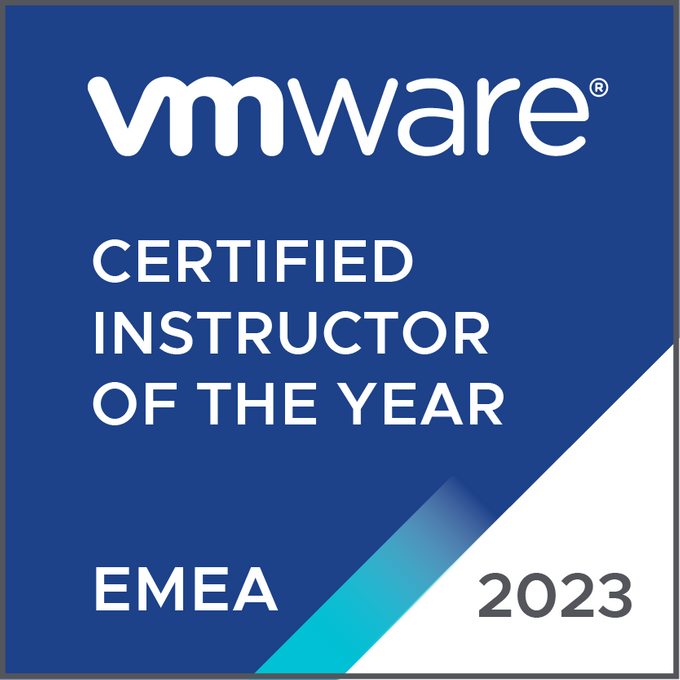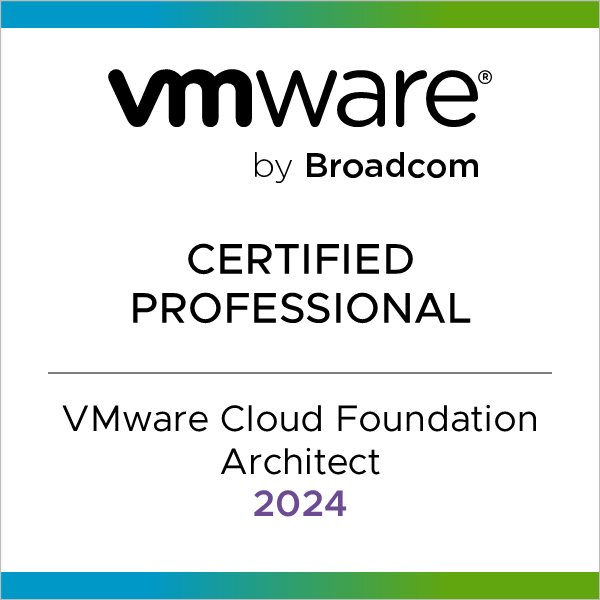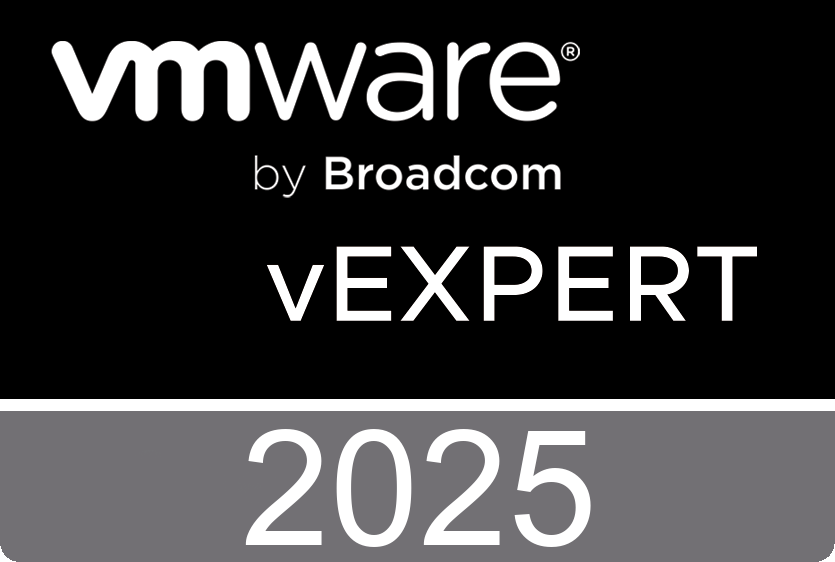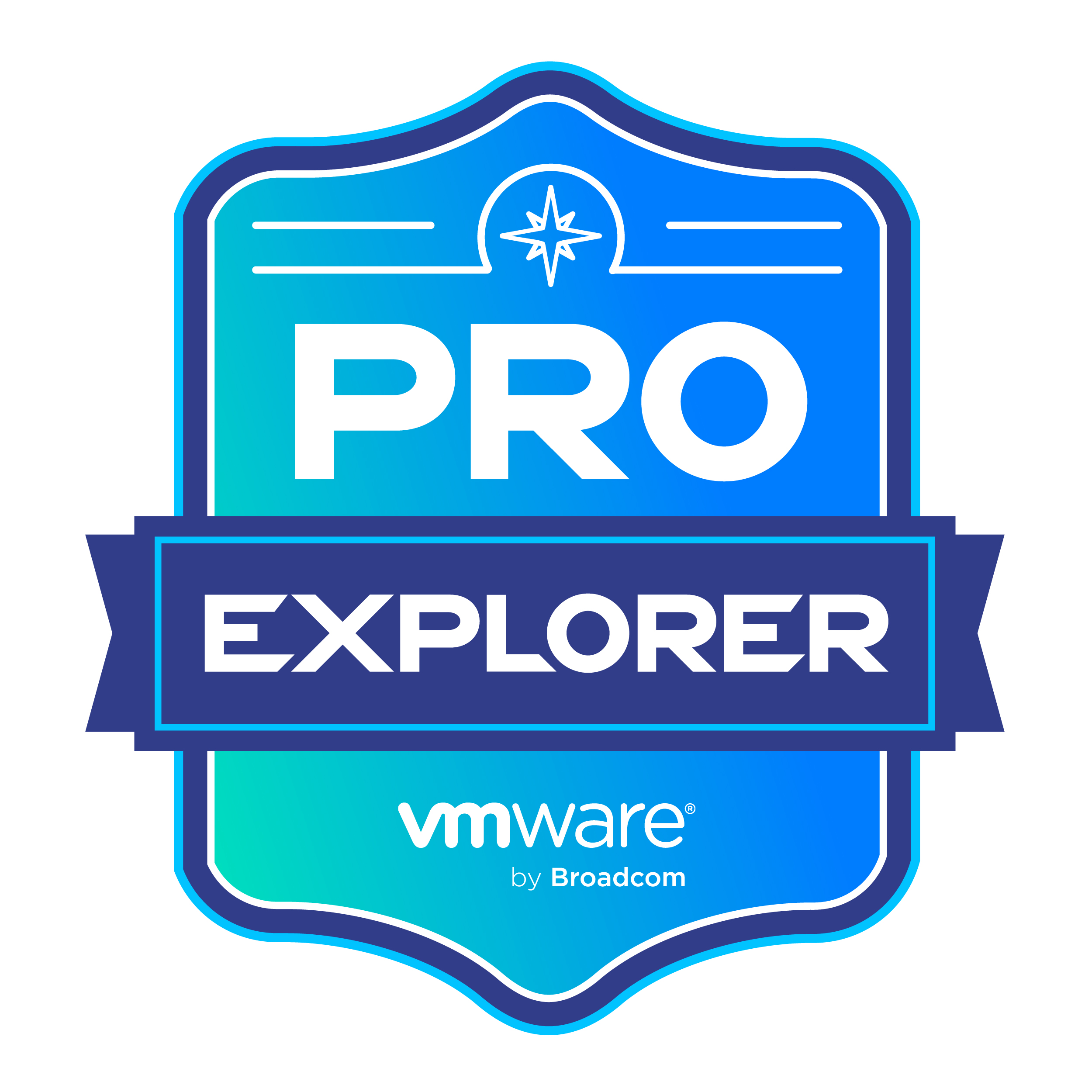Quicksearch
Your search for esx server configuration returned 1220 results:
Tuesday, April 15. 2008
The Virtual Disk Development Kit contains a tool called the VMware DiskMount Utility. This utility mounts VMware virtual disks under Microsoft Windows. VMware DiskMount is a utility for Windows and Linux hosts that allows you to mount an unused virtual disk as a separate drive or partition without needing to connect to the virtual disk from within a virtual machine. You can mount specific volumes of a virtual disk if the virtual disk is partitioned. After you mount a virtual disk, you can read from and write to a mounted disk as if it were a separate file system with its own drive letter or mount point on your computer. For example, you could scan the disk for viruses or transfer files between the host system and a powered off virtual machine. When you are finished using a mounted virtual disk, you should unmount it so the virtual disk can be used by virtual machines again. Here's the output :
vmware-mount.exe /?
VMware-mount [driveletter:] [path-to-virtual-disk] [options]
VMware DiskMount Utility version 3.0.3 build-84675
Copyright (c) 1998-2008 VMware, Inc.All rights reserved.
This utility mounts VMware virtual disks under Microsoft Windows.
Use "VMware-mount" without arguments to list the currently-mounted volumes.
  /v:N             mounts volume N of a virtual disk (default=1)
  /d               deletes the mapping to a virtual drive volume
  /f               forcibly deletes the mapping to a virtual drive volume
  /p               displays the partitions (volumes) on a virtual disk (local disks only)
  /L               lists the currently-mounted volumes
  /i:InventoryPath inventory path of the VM owning the virtual disk
  /m:[w|n]         mount in read-'w'rite or 'n'on-persistent mode
  /h:host          name or address of server to access managed virtual disk
  /u:userid        user name on the server
  /s:password      password on the server
  /P:port#         port number to access the server (default=902)
  /?               displays this usage information
Continue reading "VMware DiskMount Utility" »
The Virtual Disk Development Kit contains a tool called the Virtual Disk Manager utility to manipulate offline VMDK files on Windows or Linux (clone, create, relocate, rename, grow, shrink, or defragment). Virtual Disk Manager manipulates virtual disk (VMDK) files, and has many useful capabilities. One key feature is the ability to enlarge a virtual disk so that its maximum capacity is larger than it was when you created it. If you need more disk space on a given virtual disk but do not want to add another virtual disk or use ghosting software to transfer the data on a virtual disk to a larger virtual disk, you can change the maximum size of the disk. Of course this is not possible with physical hard drives.Here's the output:
VMware Virtual Disk Manager - build 85132.
Usage: vmware-vdiskmanager.exe OPTIONS <disk-name> | <mount-point>
Offline disk manipulation utility
  Operations, only one may be specified at a time:
     -c                   : create disk.  Additional creation options must
                            be specified.  Only local virtual disks can be
                            created.
     -d                   : defragment the specified virtual disk. Only
                            local virtual disks may be defragmented.
     -k                   : shrink the specified virtual disk. Only local
                            virtual disks may be shrunk.
     -n <source-disk>     : rename the specified virtual disk; need to
                            specify destination disk-name. Only local virtual
                            disks may be renamed.
     -p                   : prepare the mounted virtual disk specified by
                            the drive-letter for shrinking.
     -r <source-disk>     : convert the specified disk; need to specify
                            destination disk-type.  For local destination disks
                            the disk type must be specified.
     -x <new-capacity>    : expand the disk to the specified capacity. Only
                            local virtual disks may be expanded.
Continue reading "VMware Virtual Disk Manager" »
The Virtual Disk API, or VixDiskLib, is a set of function calls to manipulate virtual disk files in VMDK format (virtual machine disk). Function call semantics are patterned after C system calls for file I/O. This API enables partners and software vendors to manage VMDK directly from their applications. These library functions can manipulate virtual disk on a VMware Workstation or similar product (hosted disk) or virtual disk contained within a VMFS volume on an ESX Server (managed disk). Hosted disk is an original VMware concept meaning a disk managed by the Workstation host for a guest operating system. The Virtual Disk Development Kit is a collection of C libraries, code samples, utilities, and documentation to help you create or access VMware virtual disk storage. The kit includes:
Ôā߬†The Virtual Disk library, a set of C function calls to manipulate virtual disk (VMDK) files.
Ôā߬†C++ code samples that you can build with either Visual Studio or the GNU C compiler.
Ôā߬†Virtual Disk Manager utility to manipulate offline VMDK files on Windows or Linux (clone, create, relocate, rename, grow, shrink, or defragment).
Ôā߬†DiskMount utility to access files and file systems in virtual disks on Windows or Linux.
Ôā߬†Documentation about the Virtual Disk library and the command-line utilities.
Sunday, April 6. 2008
 Monday the 7th of April I’ll fly to London Heathrow. I’m staying at the famous Lakeside International Hotel. This hotel is also known from the Frimley Green Darts Tournament. On Tuesday I’ll attend the Virtual Desktop Manager Train the Trainer. This hands-on training course, aimed at experienced VMware Infrastructure 3 administrators, covers installation, configuration, and management of a VMware Virtual Desktop Infrastructure (VDI) using VMware Virtual Desktop Manager (VDM). I’m among the top VMware trainers from Europe, so stay tuned, because I’ve packed my camera and microphone.
Monday the 7th of April I’ll fly to London Heathrow. I’m staying at the famous Lakeside International Hotel. This hotel is also known from the Frimley Green Darts Tournament. On Tuesday I’ll attend the Virtual Desktop Manager Train the Trainer. This hands-on training course, aimed at experienced VMware Infrastructure 3 administrators, covers installation, configuration, and management of a VMware Virtual Desktop Infrastructure (VDI) using VMware Virtual Desktop Manager (VDM). I’m among the top VMware trainers from Europe, so stay tuned, because I’ve packed my camera and microphone.
Thursday, April 3. 2008
Last moth Dell released an updated version of ‚ÄúInstalling Dell‚ĄĘ OpenManage‚ĄĘ Software in a VMware¬ģ ESX¬ģ Server Software Environment‚Ä?. This document provides installation steps, usage, and support information for the Dell‚ĄĘ OpenManage‚ĄĘ systems management suite on VMware¬ģ ESX Server software. Dell OpenManage is a suite of system management applications for managing Dell PowerEdge servers. This section lists the features available in Dell OpenManage and details what is supported and what is not supported when running Dell OpenManage on VMware ESX Server software
Wednesday, April 2. 2008
This morning I posted an article about the Yankee Group report regarding the comparison between Windows Server 2003 and Windows Server 2008 (Longhorn) and VMware ESX. This report contains a lot of errors and is pulled from the Yankee Group site to be reworked. But why is the report still available at the Microsoft website ?

  What's New in VMware Workstation 6.5
- Use Unity to integrate your guest apps with your host
- More Powerful VM Record and Replay
- Support for Smart Cards & Smart Card Readers
- Enhanced ACE Authoring
- Link State Propagation Networking
- Improved 3D graphics Support
Plans for Workstation 6.5 include adding support for additional host and guest operating systems such as CentOS, Oracle Enterprise Linux, Asianux, and newer editions of operating systems already supported. Windows Server 2008 is experimentally supported as a guest. You are welcome to try Workstation 6.5 on these operating systems and send feedback. Precompiled kernel modules are not available for the newly added Linux operating systems. Therefore, when you start Workstation for the first time, a dialog box might prompt you to compile the kernel modules. If you experience issues with this new module updater feature, run the following command: vmware-config.pl --compile.
The bottom line of¬†the Yankee Group report "Virtualization Price War: VMware‚Äôs Little Big Horn?" is - Rapid commoditization and intensified competition in virtualization technology has precipitated a price war, which is a key element of emerging Anywhere Applications environment. This war is a boon for corporate enterprises who can pick and choose from a wide array of products at discounted prices.‚Ä? And makes a comparison between Windows Server 2003 and Windows Server 2008 (Longhorn) and VMware ESX. -¬†I didn‚Äôt know that Longhorn has HA and where is Hyper-V in the comparison? Don‚Äôt make me laugh!
Tuesday, April 1. 2008
This course is open to anyone but is designed for students who have already taken a VMware Infrastructure 3 instructor-led course. It assumes a strong working knowledge of VMware Infrastructure 3. The course contains sixteen brief eLearning modules. Topics include: an overview module of many the new features, a module on upgrading an existing VMware Infrastructure to ESX Server 3.5 and VirtualCenter 2.5, and several guided demonstrations on how to operate three of the key new features: Storage VMotion, VMware Update Manager, and Guided Consolidation. In addition, the course provides eight interactive simulations, which give the student hands-on practice with the procedures being demonstrated.
| Title    | VMware Infrastructure 3: What's New v3.5 |
| Summary | Format: Self-Paced |
| Duration | 120 Minutes |
| Costs | $ 100 USD |
| Location | Online (delivered to your web browser) |
Friday, March 28. 2008
 Vizioncore's vCharter Pro is the first enterprise-class, scalable performance monitoring solution for companies running hundreds, if not thousands, of virtual machines.¬† Powered by Foglight¬ģ, vCharter Pro has built-in awareness of VMware¬ģ Infrastructure, which provides layered views encompassing VirtualCenter, Datacenter, clusters, resource pools, ESX Server, VM and datastore levels. vCharter Pro can help administrators pinpoint resource contention issues among CPU, memory, disk or NIC.¬† Collected metrics are filtered via rules and customized alarms and stored in a central database for unattended monitoring and historical trending.¬† With just a few mouse clicks, administrators can drill from the top down through lower layers to uncover problems, and by clicking on alarms, can obtain further information through pop-up windows.
Vizioncore's vCharter Pro is the first enterprise-class, scalable performance monitoring solution for companies running hundreds, if not thousands, of virtual machines.¬† Powered by Foglight¬ģ, vCharter Pro has built-in awareness of VMware¬ģ Infrastructure, which provides layered views encompassing VirtualCenter, Datacenter, clusters, resource pools, ESX Server, VM and datastore levels. vCharter Pro can help administrators pinpoint resource contention issues among CPU, memory, disk or NIC.¬† Collected metrics are filtered via rules and customized alarms and stored in a central database for unattended monitoring and historical trending.¬† With just a few mouse clicks, administrators can drill from the top down through lower layers to uncover problems, and by clicking on alarms, can obtain further information through pop-up windows.








